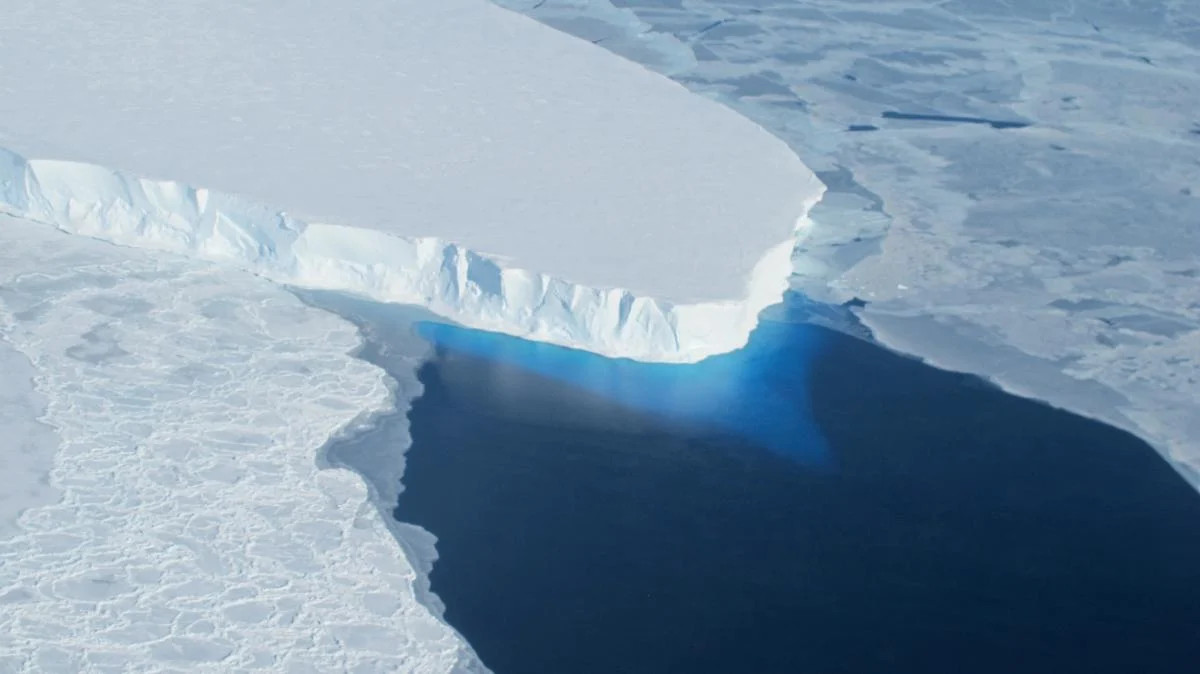
Scientists warn of possible consequences if melting continues and propose several radical methods to prevent this process.
This is reported by URA-Inform with reference to the Daily Mail.
Thwaites Glacier, known as the “Doomsday Glacier”, is melting at a dangerous rate due to climate change, which could lead to a catastrophic rise in sea levels and flood major cities such as New York and Miami.
According to them, the disappearance of Thwaites Glacier will lead to the collapse of the WAIS – the continental ice sheet in West Antarctica, which plays a role in maintaining the stability of glaciers by preventing flooding of a huge basin below sea level. This sheet, as well as the glaciers located along its edge, keep the ocean from further impacting the ice, preventing it from melting.
If Thwaites Glacier and the WAIS collapse, it will cause irreversible sea level rise, leading to coastal flooding and accelerating the melting of other glaciers.
To prevent this process, scientists have proposed several methods. One of them involves creating an underwater “curtain” that could block warm underwater currents and slow down the melting. This method requires complex engineering solutions, and its impact on the marine ecosystem is not yet fully understood.
Another approach is to increase the thickness of the glacier using seawater that would freeze on the surface of the ice, but this method is associated with high energy costs and risks to the structure of the ice, since the salinity of the water can change its properties.
Another idea is to cool the rocks over which the glacier moves, which would reduce friction and slow down its melting. However, this technology also requires significant financial investment and further research.
Thus, scientists are considering several potential solutions to prevent a global catastrophe, but all of them are associated with high risks and costs.
Recall that it was previously reported that mysterious stinking balls were found on the beaches of Australia: what scientists say (photo).

